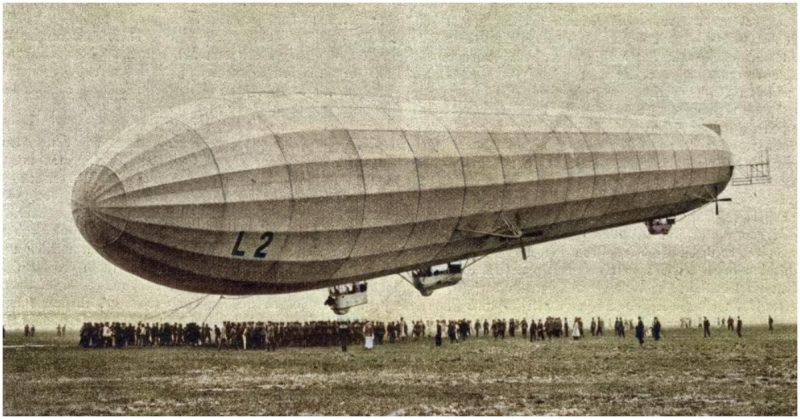The anti-aircraft guns worked well. The first zeppelin felled in defense of the United Kingdom succumbed shortly after the emplacement of the anti-aircraft guns.
The Great War unveiled a slew of inventive ways for men to kill each other. Tanks, poison gas, airplanes, and machine guns took a bloody toll on the world’s empires as they fought a long and brutal war that redrew borders around the globe.
The powers involved used whatever weapons they could to ensure victory.
While airplanes became increasingly complex and deadly tools of war, during the Great War and beyond they shared the skies with zeppelins.
Now known mostly thanks to Goodyear tires, these airships utilized a rigid frame and helium or hydrogen to stay aloft. Before large commercial aircraft, they plied the skies transporting people between Europe and North America.
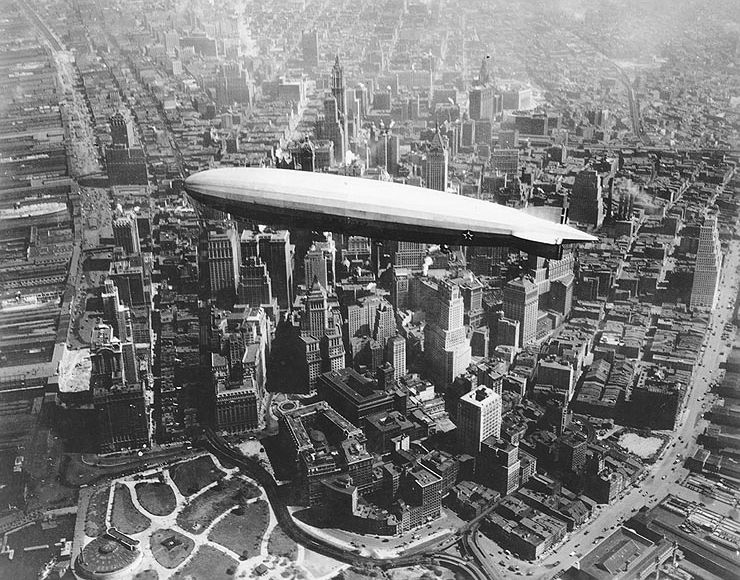
But during the Great War, the Germans used them to bomb the United Kingdom, an island that had proved immune from a lasting invasion since the end of the Middle Ages.
Zeppelin air raids against the United Kingdom were essentially German attempts to cow the British into peace talks. Unfortunately, the attacks only galvanized the populace against the Central Powers.
Meanwhile, despite causing little physical damage, the zeppelins reaped a steep psychological toll upon the British.
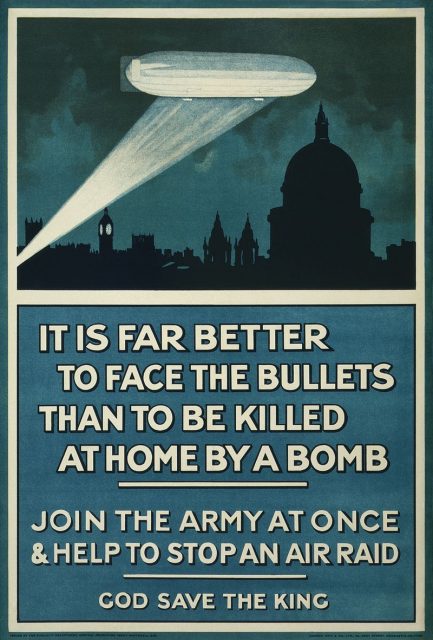
Though the Great War unleashed total war upon the world as never before, old ideas of gentlemanly warfare persisted. The appearance that the Central Powers were the first to ignore these ideals in the pursuit of victory made them targets of propaganda and ridicule.
Zeppelin raids started in 1916, and shortly after the British enacted anti-air raid measures.
https://youtu.be/ZumBAmyq7b0
People began hiding in underground stations and basements during zeppelin-friendly weather, the government enforced blackout conditions, and anti-aircraft gun emplacements were installed to counter the bombing raids.
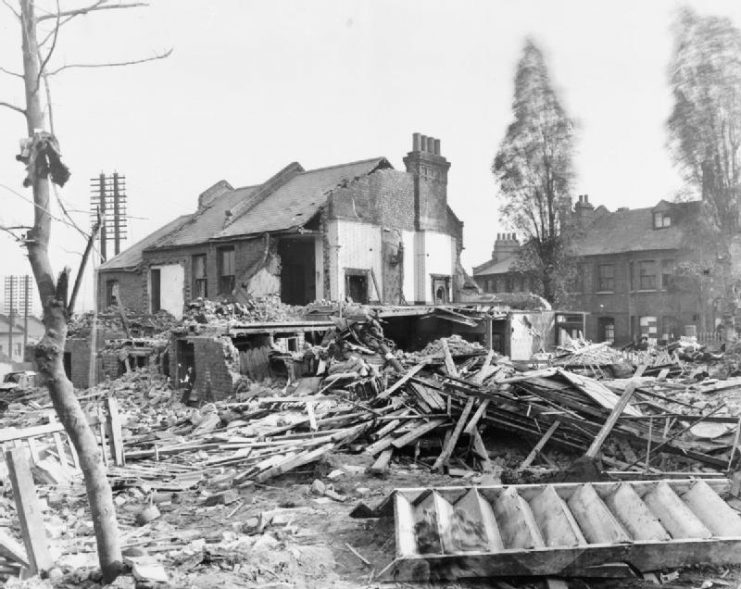
The anti-aircraft guns worked well. The first zeppelin felled in defense of the United Kingdom succumbed shortly after the emplacement of the anti-aircraft guns.
Zeppelin L.15 (MSN LZ.48) of the Imperial German Navy set out as part of a bombing raid on March 31, 1916. The zeppelin, commanded by Joachim Breithaupt, took a direct hit from anti-aircraft fire over Essex. The hit destroyed four of the zeppelin’s gas cylinders, causing it to descend. The crew of seventeen desperately tossed anything they could to lighten the craft’s load to stay aloft, but the zeppelin continued descending.
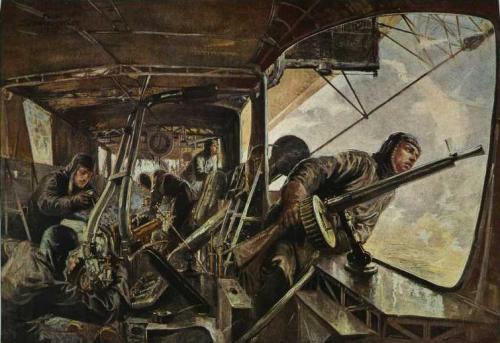
To compound their difficulties, a British pilot arrived and began taking potshots. The pilot, 2nd Lt Alfred de Bathe Brandon of the Royal Flying Corps, received a Military Cross for his efforts. Nonetheless, the zeppelin remained mostly intact and the crew were forced to abandon the craft when it crashed into the sea.
One of the crew drowned in their escape from the sinking wreck, while the rest were recovered by an armored trawler. The crew spent the rest of the war as POWs. Meanwhile, part of the zeppelin’s wreck was towed to shore off Margate in Kent, where trophy hunters eagerly grabbed pieces of the first zeppelin downed by British defenses.
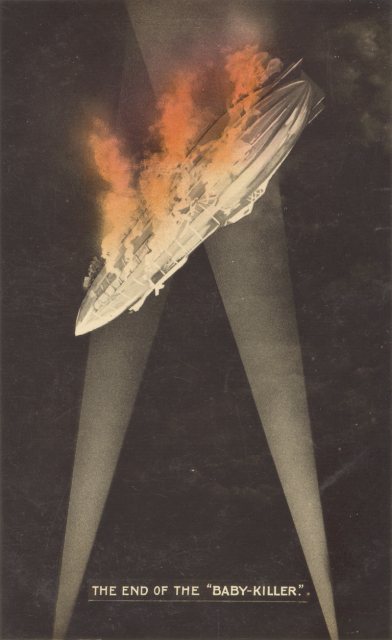
Though the zeppelin raids paled in comparison to the devastation wrought during the Battle of Britain, the British public’s reaction to the raids was the same. Outrage followed resolve as the British defended themselves against the enemy assaults.
Read another story from us: Monsters of the Sky: The WWI Zeppelin Raids On Britain
The British defended their homeland in both world wars against airborne threats. The destruction of L.15 demonstrated their intention to keep fighting and that they would defend their homes. This they did with aplomb, and faced with increasing casualties from anti-aircraft fire and determined pilots, the Germans halted zeppelin raids in 1917.
The Central Powers fell the next year, though it would not be long before a new threat flew over Britain.
